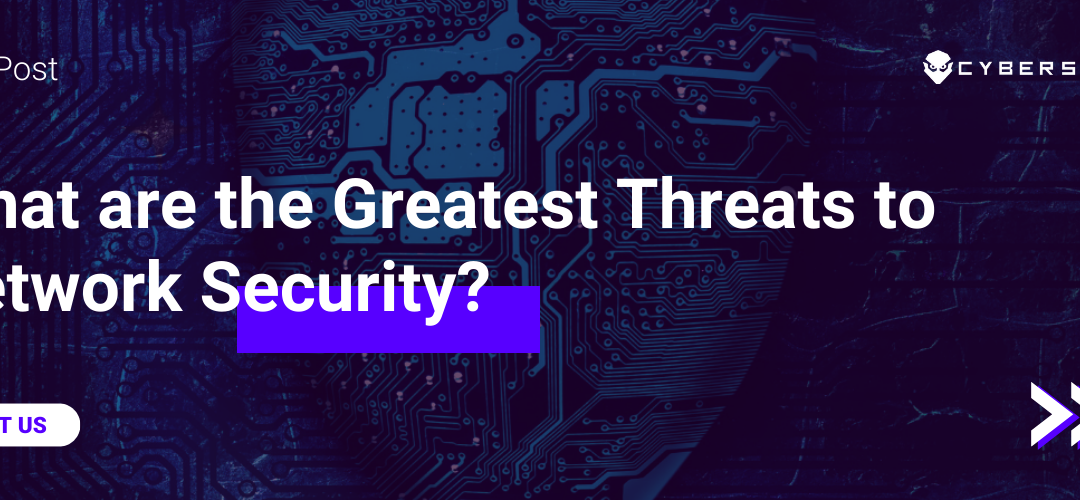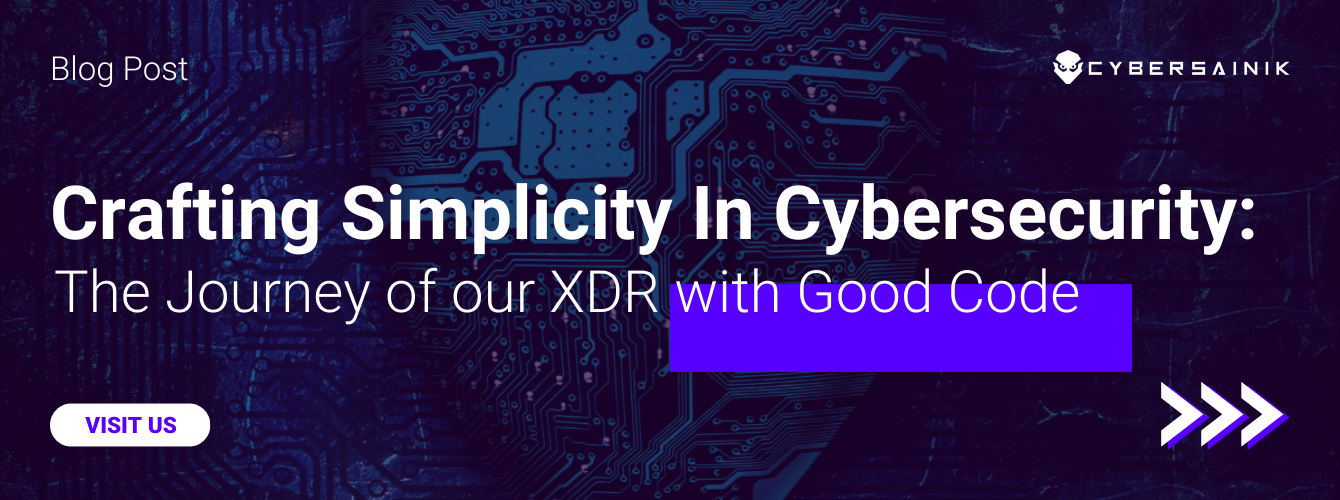There are several components that comprise an effective business network. Of these components, one of the most important is the security of the network. Policies, strategies, and techniques have to be put in place to protect the users as well as the data stored or transmitted within a business network. Over the past several years, there has been a significant increase in the number of cyberattacks and data breaches due to an increase in digital transactions by businesses. Cybercriminals devote a considerable amount of time and effort to devising different strategies that can be used to attack and penetrate business networks to steal or corrupt their data. In the first half of 2019, there were 3,800 disclosed data breaches, representing a 54 percent increase over the half of the preceding year, 2018.
To ensure that your business does not fall victim to a data breach or other types of cybercrime, you need to engage the services of skilled network security specialists, such as those at Cyber Sainik, to develop an effective network protection strategy. One of the tasks carried out by security specialists is identifying the various threats that your business network may be susceptible to and developing solutions to counter these threats. Discussed in further detail below are some of the network threats and attack strategies commonly used by cybercriminals to compromise business networks.
TOP THREATS TO NETWORK SECURITY
1) Malware/Ransomware
- When a network is compromised by cybercriminals, one of the actions that they may take is to introduce malware or ransomware into the system.
- These are malicious bits of code that corrupt data in a variety of ways, depending on the nature of the code.
- Some malware may encrypt all the data within the network thereby rendering them useless; this type of malware is known as ransomware.
- With ransomware, the cybercriminals possess the decryption keys and hold the encrypted data hostage until a ransom is paid after which the data is then decrypted.
- Other types of malware may steal data out of a network, known as data exfiltration, or may even erase the data outright.
2) Botnets
- With botnets, cybercriminals are not interested in the business data when the network is compromised.
- Rather, cybercriminals are interested in end-user devices such as desktop computers and laptops that are used to connect to the network.
- These end-user devices are hijacked and remotely controlled by the cybercriminal, most times without the knowledge of the end-user.
- The cybercriminal often hijacks hundreds and thousands of individual end-user devices known as Zombies.
- These zombies are then used in a variety of cyberattacks, one of the most popular being distributed denial-of-service (DDoS) attacks whereby heavy traffic is directed at a server such that it becomes overwhelmed and eventually crashes.
3) Computer Viruses
- Viruses are small computer programs that infect devices connected to a network, thereby corrupting them.
- When a virus infects a system, it immediately begins to replicate and spread to other devices within the network.
- The replication and spread of the virus within a network continue until either all the connected devices have been infected or actions are taken by the network security administrator to contain the spread of the virus.
- On infected computers, the viruses corrupt and destroy core systems and processes, rendering them inoperable.
4) Phishing Attacks
- Phishing is one of the most common and popular network attack strategies used by cybercriminals to compromise business networks and steal sensitive or confidential information.
- With phishing, users within a network are sent emails containing links with malicious code embedded.
- When the unsuspecting user clicks on the malicious link, the malicious code is then released into the network where it can then wreak significant havoc.
- In other instances, clicking on the malicious link may lead to a fake site where the user is then prompted to provide personal information; this information is then used by the cybercriminal for illegal activities.
5) Trojan Horses
- Trojan horses are similar to phishing because they are designed to fool unsuspecting users into clicking or downloading them.
- In addition to being embedded in links within emails, Trojan horses may also masquerade as legitimate files or folders.
- When these are downloaded, malware is released into the device which can perform a variety of actions such as monitoring keyboard strokes and hijacking the computer webcam, among other things.
6) Rootkits
- Rootkits are one of the most dangerous as well as destructive network attack strategies used by cybercriminals.
- With rootkits, cybercriminals take advantage of network vulnerabilities to install programs that give them administrator-level privileges.
- These are often very well hidden and difficult to detect.
- Once a rootkit is installed, the cybercriminal has unrestricted access to the entire network and can execute a host of illegal activities such as keylogging, corrupting core files, and disabling antivirus solutions.
7) SQL Injections
- These are network attack strategies that target the databases and database servers within a network.
- With SQL injections, cybercriminals use malicious SQL code to penetrate the database.
- The malicious SQL code can be used to obtain the account credentials of other users, and alter, or even delete data stored within the network database, depending on the nature of the code.
8) Cryptojacking
- Cryptojacking is when cybercriminals hijack end-user devices and use them to mine cryptocurrency.
- Cryptomining requires a lot of CPU resources so cybercriminals use a variety of methods such as phishing and Trojans to recruit more devices for this purpose.
- With crypto mining, the user is often unaware that the CPU has been hijacked. Sometimes, the only indicator of cryptojacking is devices that run slower than normal.
9) Advanced Persistent Threats
- Also known as APT attacks, this type of network threat differs from the others because it takes place over a lengthy period.
- After penetrating a network, the cybercriminal installs malware in a location where it can stay undetected for a long duration.
- Some malware can stay hidden for months, and even years, without detection.
- From its hidden location, the malware can siphon sensitive information to sites outside the network.
At Cyber Sainik, we provide the skills and the services needed to ensure that your business network remains fully secure from all sorts of network threats. With our cloud-based Security-as-a-Service (SECaaS) solutions, monitored by our 24×7 security operations center (SOC), you can rest assured that your network will have round-the-clock network security protection. Contact us today to learn more about our security solution, and to get started.




